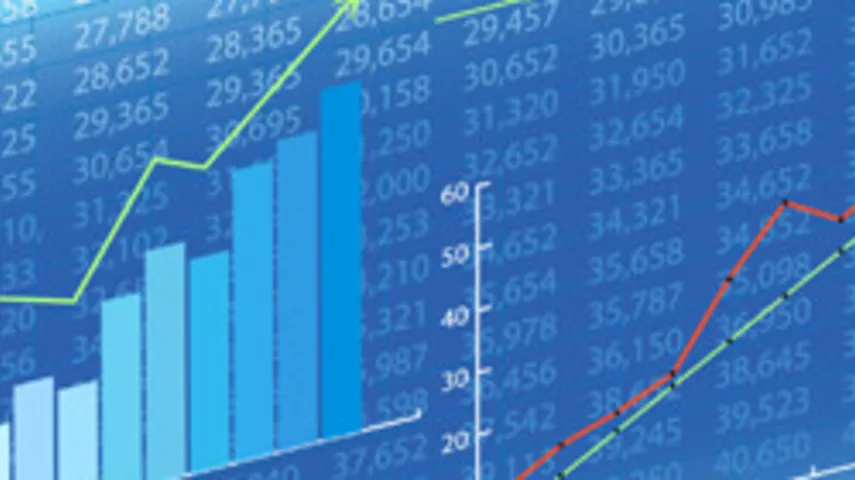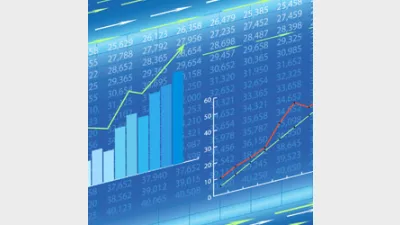T Rowe Price leverage global resources for Aussie equity fund



T Rowe Price executives have backed their new Australian equity fund against local competitors and boutiques, citing the funds ability to leverage global resources.
Director for T Rowe Price Australia and New Zealand Murray Brewer said international collaboration is one of the fund's key advantages, and would ensure they deliver better outcomes because half of Australian companies derive 50 per cent of revenue offshore.
Insight into successful Australian growth companies required firsthand knowledge of overseas competitors and markets because of the company's international operations, new portfolio manager Randal Jenneke said.
"We're not just another boutique. We have a globally integrated Australian research equity offering that I don't think any fund manager in this market has," he said.
Jenneke said boutiques were "playing a timing game" and had a limited amount of capital, whereas T Rowe Price play a "very different game" because they could dedicate resources and collaborate on the fund's domestic operations, the Australian market, and local factors for global clients.
Boutiques would struggle to gain the same access to markets and competitors as they were more reliant on third party research and advice, while T Rowe Price had their own internal research analysts, Jenneke said.
Vice president of T Rowe Price Ed Bernard said Australia's retirement savings model is one of the best in the world, with equities making up 30 per cent of superannuation allocations.
T Rowe Price already invests about $2 billion into the Australian marketplace and Australian equities made up 8 per cent of their global diversified portfolio, Bernard said.
According to Brewer, T Rowe Price's fiduciary approach drives them to forego capital by closing opportunities early to contain capacity which they aim to cap at 1 per cent of the Australian market.
"We're looking to close this fairly early with a conservative capacity number because where super funds have been disappointed is in not being able to access capacity," he said.
Recommended for you
Ethical super fund Australian Ethical has announced the appointment of Anthony Lane as chief operating officer.
The structural shift towards active ETFs will reshape the asset management industry, according to McKinsey, and financial advisers will be a key group for managers to focus their distribution.
ASIC has warned that practices across the $200 billion private credit market are inconsistent and, in some cases, require serious improvement.
A surge in electricity prices has driven the monthly Consumer Price Index to its highest level in a year, exceeding forecasts.










